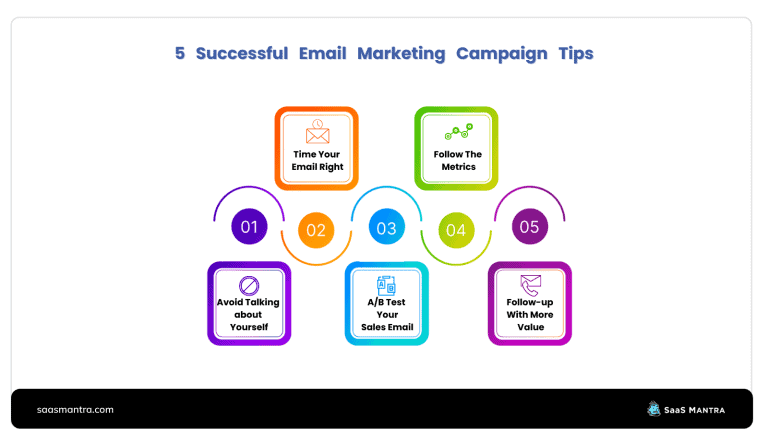5 Content Optimization Strategies to Increase Your Rankings
Are you tired of creating high-quality content that goes unnoticed by search engines and your target audience? Well, it’s time to shake things up and take control of your website’s visibility!
Content Optimization – the art of enhancing the quality and quantity of your online content to increase its relevance and rank higher in search results. By combining the creation of captivating content with targeted optimization techniques, you’ll be able to reach more potential customers and grow your online presence.
If you want to increase your rankings on SERPs, content optimization holds the key. It’s the best way to help your target audience find and engage with relevant, useful information from your website.
In this article, we’ll cover five different strategies that you can use to optimize your content for increased organic visibility and rankings on SERPs.
Why Content Optimization is Important?
Content optimization is crucial for a successful online presence. It helps in attracting the right audience to your website and improving search engine ranking.
By creating high-quality content and optimizing it for search engines, you can ensure that your site is easily discoverable and accessible to potential customers. This leads to increased traffic, higher engagement, and ultimately, improved conversions and revenue.
Five Content Optimization Strategies
Here are some of the top recommendations for optimizing your content for better organic rankings:
1. Conduct Thorough Keyword Research
Keyword research is the process of identifying the search terms your target audience is using when searching for products, services, or information related to your business. Conducting thorough keyword research is essential for identifying high-traffic keywords that can drive traffic to your site and help you rank higher in search engine results pages (SERPs).
To conduct keyword research, start by using tools like Google Keyword Planner, SEMrush, and Ahrefs. These tools will help you identify the keywords related to your business and industry, the monthly search volume for those keywords, and the level of competition for each keyword.
Once you have identified your target keywords, integrate them naturally into your content. Include your target keyword in your title, headings, subheadings, and throughout your content. However, be careful not to overuse your target keywords, as this can result in keyword stuffing, which can hurt your search engine rankings.
2. Write High-Quality and Engaging Content
High-quality content that engages readers is essential for keeping visitors on your site and driving conversions. When creating content, make sure that it is informative, useful, and engaging to your target audience. Use a clear and concise writing style that is easy to read, and avoid technical jargon or complex language that can confuse readers.
In addition to well-written content, include relevant images, videos, and infographics that help to illustrate your points and provide visual interest. Use bullet points, lists, and subheadings to break up your content and make it more scannable.
When creating content, keep your target audience in mind. Consider their pain points, interests, and goals and create content that addresses these needs. By creating content that resonates with your target audience, you can increase engagement and drive conversions.
3. Optimize Your Content for Search Engines
On-page optimization is essential for improving your content’s visibility in search engine results pages. Use your target keyword in your title, headings, subheadings, meta descriptions, and throughout your content. However, be careful not to overuse your target keyword, as this can result in keyword stuffing, which can hurt your search engine rankings.
In addition to using your target keyword, optimize your website for mobile devices and ensure that it has fast load times. Mobile optimization is essential, as more than 50% of internet traffic now comes from mobile devices. Additionally, slow-loading websites can hurt your search engine rankings and increase bounce rates.
4. Focus on User Experience
Creating a positive user experience is essential for keeping visitors on your site and driving conversions. To improve user experience, ensure that your website is easy to navigate, visually appealing, and loads quickly.
Use a clear and intuitive navigation menu to make it easy for users to find the information they are looking for. Additionally, use visually appealing design elements, such as high-quality images and videos, to provide visual interest and break up your content.
Finally, ensure that your website loads quickly. Slow-loading websites can increase bounce rates and hurt your search engine rankings. Use tools like Google PageSpeed Insights to identify ways to improve your website’s load times.
5. Promote Your Content
Promoting your content is essential for reaching a wider audience and driving traffic to your site. Share your content on social media platforms, and consider using paid advertising to drive traffic to your website.
Additionally, building backlinks to your site is essential for improving your search engine rankings and increasing your visibility. Backlinks are links from other websites to your site. When other websites link to your content, it signals to search engines that your content is high-quality and authoritative, which can improve your search engine rankings.
To build backlinks, create high-quality content that other websites will want to link to. Reach out to other websites in your industry and ask them to link to your content. Additionally, participate in industry forums and online communities and share your content with others.
Final Word
Creating high-quality content is essential for businesses looking to attract and retain customers in today’s digital age. However, creating content alone is not enough. To ensure that your content is reaching its intended audience and driving conversions, you need to optimize it for search engines and user experience.
By conducting thorough keyword research, writing high-quality and engaging content, optimizing your content for search engines, focusing on user experience, and promoting your content, you can improve your content’s visibility, engagement, and conversion rates. These strategies take time and effort to implement, but they can pay off in the long run by helping you attract and retain customers and grow your business.



